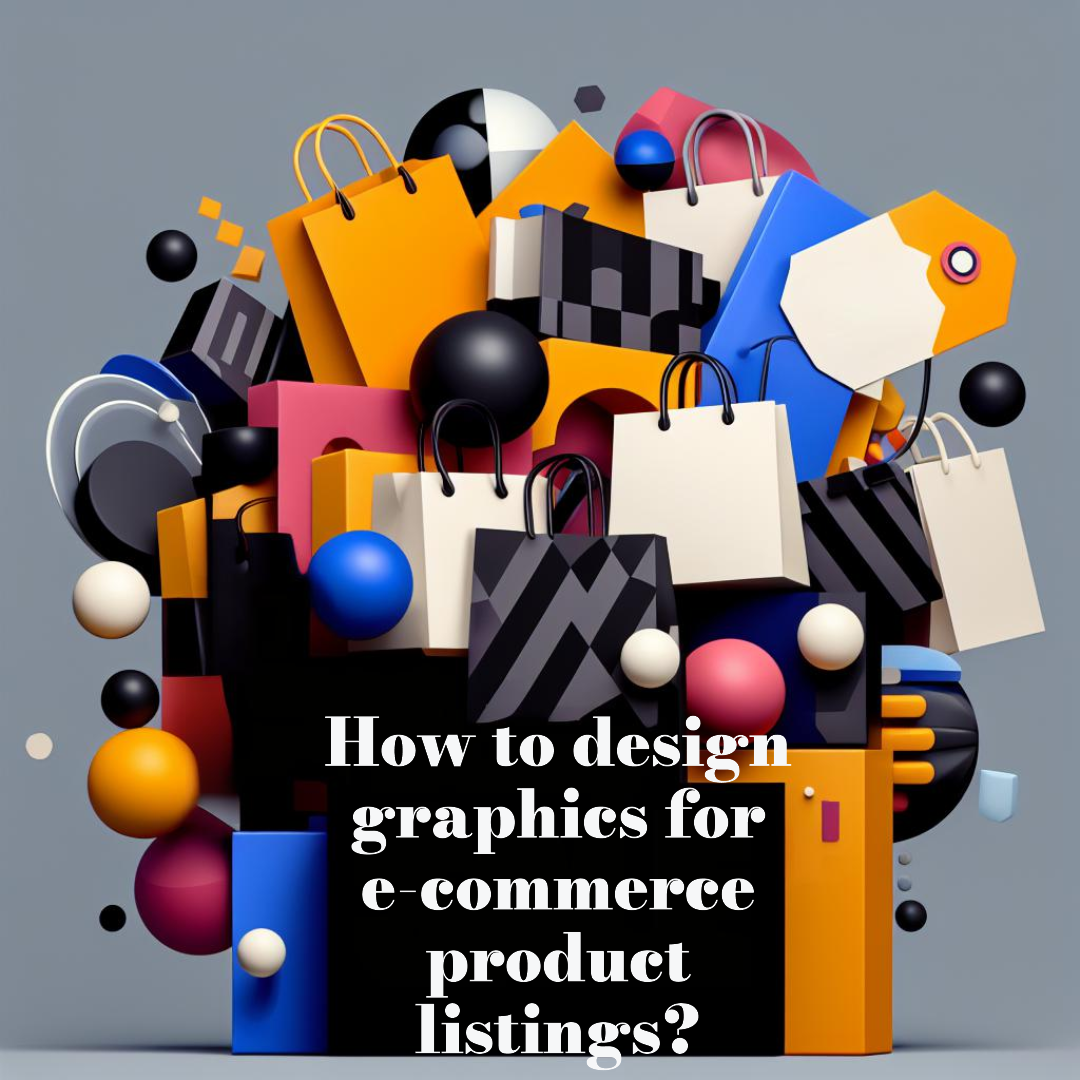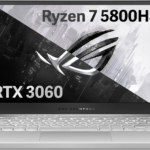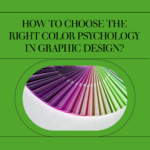How to design graphics for e-commerce product listings?
In the competitive world of e-commerce, product listings are the battleground where brands fight for attention and conversions. Among the many factors that influence a shopper’s decision to buy, the quality and effectiveness of product graphics play a crucial role.
Visual Storytelling: The Power of Product Graphics
Product graphics are more than just pretty pictures; they are visual stories that tell potential customers about the product’s features, benefits, and emotional appeal. They are the first impression, the silent salesperson that captures attention, conveys information, and entices shoppers to click on the product page to learn more.
Opens in a new windowwww.netsolutions.com
visually appealing product listing from a popular ecommerce website
The Anatomy of Effective Product Graphics
Effective product graphics are a blend of creativity, technical expertise, and an understanding of e-commerce principles. Here are the key components of successful product graphics:
1. High-Quality Images: The foundation of compelling product graphics is high-quality images that accurately represent the product. Use well-lit, clear, and detailed images from multiple angles to give shoppers a comprehensive view of the product.
2. Consistent Style and Branding: Ensure that your product graphics align with your overall brand aesthetic. Use consistent colors, fonts, and design elements to create a cohesive and recognizable brand identity.
3. Context and Lifestyle: Use lifestyle imagery or product in context shots to show potential customers how the product can be used or incorporated into their lives. This helps them visualize the product’s value and imagine themselves using it.
4. Information Hierarchy: Prioritize the most important product information, such as the product name, price, and key features, in the visual hierarchy of the listing. Use clear typography, contrasting colors, and strategic placement to guide the shopper’s eye.
5. Emotional Appeal: Tap into emotions like excitement, desire, or aspiration to connect with your audience on a deeper level. Use evocative imagery, storytelling, and calls to action to spark interest and drive conversions.
Designing for Different E-commerce Platforms
The specific design requirements for product graphics vary depending on the e-commerce platform you’re using. Each platform has its own guidelines, image sizes, and templates that need to be considered. Familiarize yourself with the platform’s specifications to ensure your graphics are optimized for optimal display.
Testing and Refinement
In the dynamic world of e-commerce, A/B testing is crucial for optimizing product graphics. Experiment with different image styles, layouts, and calls to action to track which variations perform better in terms of click-through rates and conversion rates. Use data-driven insights to refine your graphics and maximize their effectiveness.
Examples of Effective Product Graphics
Opens in a new windowwww.sellerapp.com
visually appealing product listing from Amazon
Opens in a new windowupstriderofficial.com
visually appealing product listing from Etsy
Opens in a new windowfr.fiverr.com
visually appealing product listing from Shopify
Conclusion
Designing effective product graphics is an essential skill for any e-commerce business. By understanding the principles of visual storytelling, prioritizing high-quality images, and incorporating insights from user feedback and A/B testing, you can create product graphics that capture attention, convey information, and drive conversions. Remember, your product graphics are your silent sales force, working tirelessly to persuade shoppers to make a purchase. Invest in their quality and effectiveness to elevate your e-commerce presence and achieve your sales goals.








